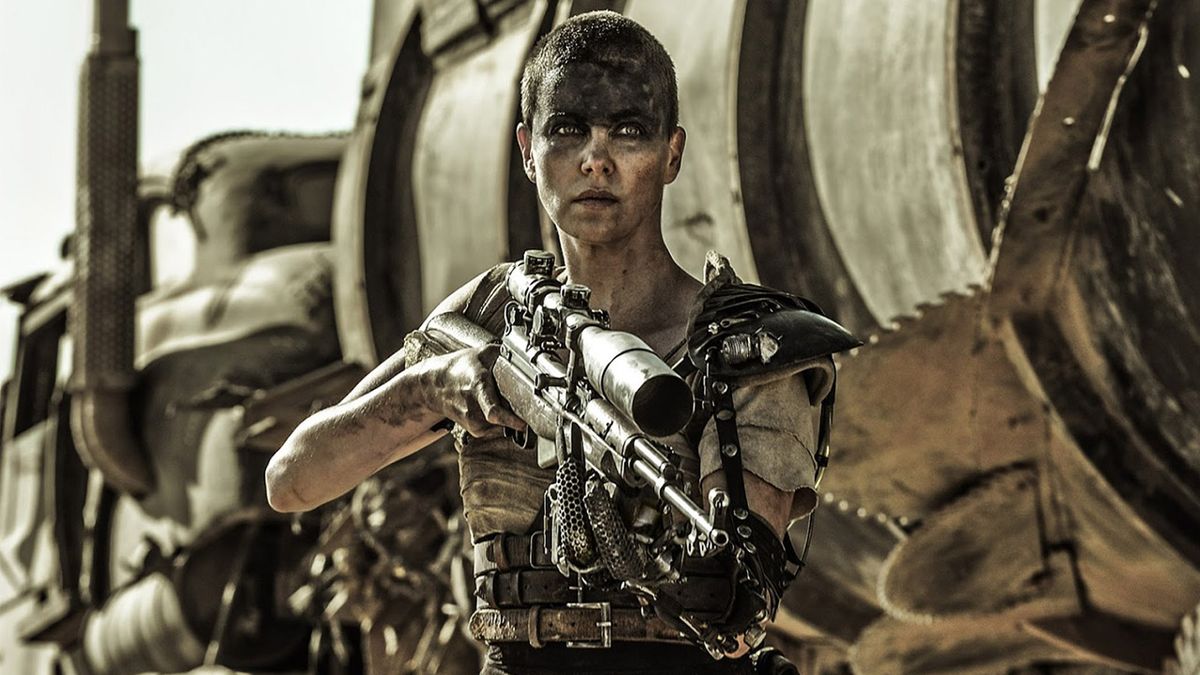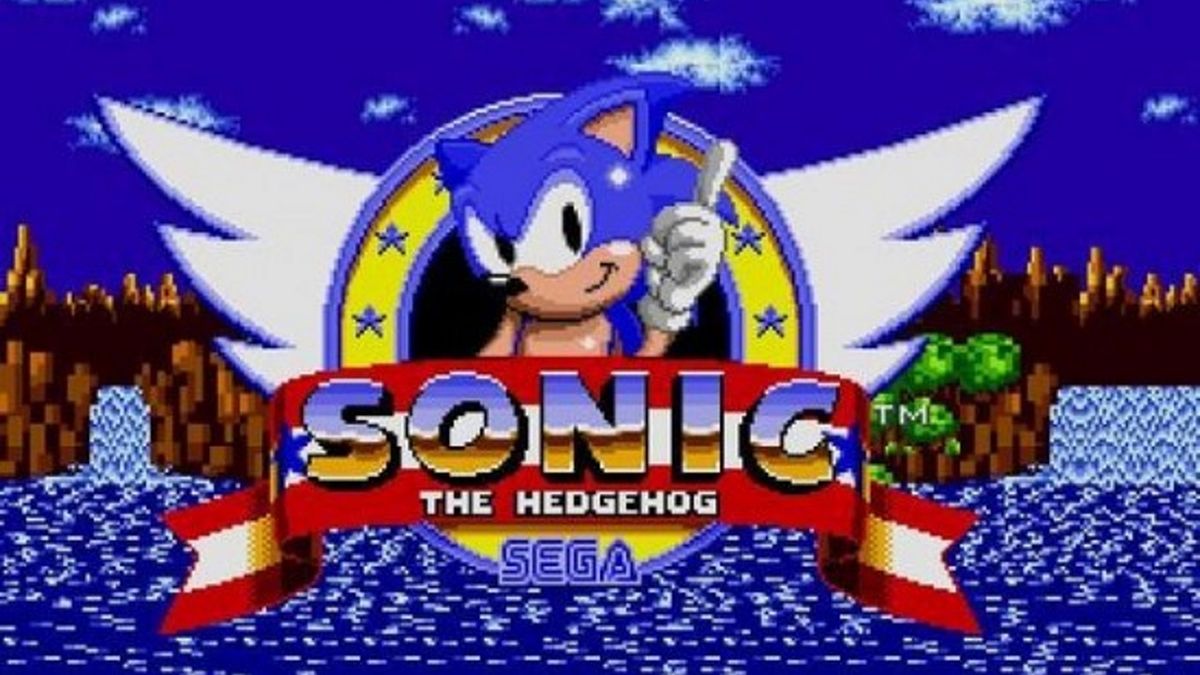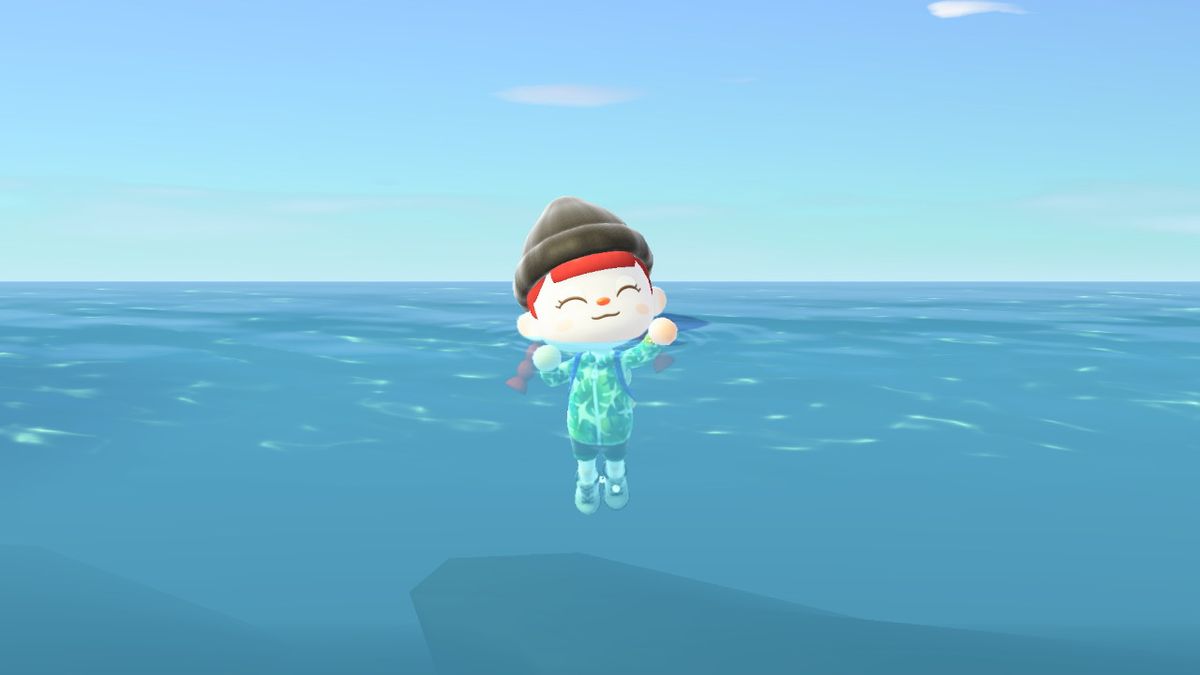Over the past decade, many of Square Enix’s best-known designers have left the company – and none more high profile than Hironobu Sakaguchi. He joined Square in 1983 as a part-time designer, going on to become its director of planning and development, and ultimately its US president. Yoshinori Kitase, one of Sakaguchi’s protégées, is among the few remaining staff from the glory days when the company established and expanded the Japanese RPG blueprint. He’s worked on titles such as Chrono Trigger, Final Fantasy 7 and Square’s high-profile collaboration with Disney, Kingdom Hearts. Today, he pilots the Final Fantasy brand – Sakaguchi’s creation and a series that has sold more than 100 million units to date – and is Producing the much awaited Final Fantasy 7 Remake (opens in new tab). It’s one of the most senior creative positions in games, but holding it was never Kitase’s goal.

“When I was growing up, I was only interested in comics, baseball, magic tricks and the paranormal,” he says. Kitase grew up in Fussa City, part of the Tokyo metropolitan area that, during the 1970s, wasn’t yet urbanised. Outdoors, he’d play baseball with his friends, or catch insects in the nearby woods. Indoors, he’d draw comics featuring his friends. This talent for art solidified into a vocational calling when he saw Star Wars for the first time. “At the time, the only sci-fi movies you saw on TV featured little model spaceships held by wires,” he says. “Even as a child, I could tell that they were fake. But Star Wars didn’t use wires. The spaceships looked massive and real. I saw a documentary that explained how they used visual magic to make a metre-long model look like a gigantic 1,600m-long battleship and was entranced by the world of visual effects.”
Entrancement turned into an obsession and, after studying film at university, he sought a career in movies, joining an animation production studio. “It was a small-scale studio, so I got to experience every single stage of the animation process, including project management, the actual animation, colouring the cells and helping with the photography. It was an important and hugely valuable experience.”
Around this time, Kitase played Enix’s formative computer RPG, Dragon Quest. “I was hooked on RPGs after that and played loads of them,” he recalls. “Final Fantasy was one of the games I played at that time. I remember being struck by Yoshitaka Amano’s mature art style; it was so different to the classic Japanese comic-book look of other RPGs at the time… The graphics were simple 2D pixel sprites, but I remember them having an amazing expressive quality within those limits. Even then, I strongly felt that this was a media in which you could depict great dramas.”

Kitase quit his animation job after a year and, while browsing a game magazine, saw an advertisement to join Square in the classifieds. “Up until that point, I was still looking for a film-related job, but I knew that the team behind Final Fantasy was putting a huge amount of effort into its visuals, so I applied immediately.”
Kitase had no programming experience or game design knowledge and so for his interview with Sakaguchi he showed a five-minute stop-motion animation piece he’d created at university. It worked. His first assignment at Square was on the Game Boy title Seiken Densetsu (the first entry in the Secret Of Mana series, retitled Final Fantasy Adventure for its English-language release). The team was small even for the time: two veteran designers supported by four new hires, including Kitase. “I slept at work every night at that time,” he recalls. “I can remember that Mr Tokita, the lead programmer on Final Fantasy 4, and other colleagues would play guitars and laugh and chat while I arranged three chairs by the side of my desk as a makeshift bed and fell asleep watching them out of the corner of my eye.”
It was a formative time, living at the studio while learning game design. But in the medium’s early days, the game industry was stigmatised in Japan. Despite this, Kitase’s family supported his career move. “All through my education and career, I’ve been drawn to subcultures. My childhood hobbies were comics and the occult; my subject at university was film. My family had come to accept this from an early age. They allowed me to do what I wanted to do.”

Kitase’s rise through the ranks was quick. In 1994, he was offered the position of director on the terrifically ambitious SNES game Final Fantasy 6. “It was a hugely exciting time,” he says. “I can remember how amazing our designers’ ideas felt on that game. We all could see the future possibilities in games.”
Despite the excitement, the challenges of working with limited memory were severe. “It was a huge struggle trying to fit everything within those limitations. All the data section sizes and the memory addresses that handled their distribution had not yet been automated. We had to input them all by hand, a practice that would be completely unthinkable today.”
During this time, Sakaguchi, who wrote most of Square’s in-house releases, mentored Kitase. “Sakaguchi’s great imagination and incredible decisiveness have stuck with me,” Kitase says. “His game ideas always came from a totally unfettered imagination; they were not bound by the conventions of previous known design. I have such strong memories of when we switched platforms to the PlayStation for Final Fantasy 7. The switch to 3D graphics caused a massive change in the company’s creative workflow. But Sakaguchi made the necessary decisions so quickly and confidently. It was inspiring.”
Kitase has been at the frontline of industry change. “In the beginning, the atmosphere was one of a small university arts or technology club. Today, it’s a market with Hollywood-scale productions. When I first joined Square, the view of games from wider society was one of a niche subculture; it was underground and impenetrable.”
Kitase’s interest in making games more approachable stems from what he saw at this time. “My father would complain that he had no idea what was going on when I played RPGs at home after school,” he says. “This made me want to make games something that those watching the screen next to the player could also find interesting. That’s one of the reasons I’ve pushed 3D CG graphics and voice acting.”
While Kitase feels that there is still a great deal of work for him to do in helping games to become truly mainstream, he is less interested in his own legacy than that of those who follow: “I would like nothing more than for the next generation to aim to produce famous creators like Kurosawa or Spielberg – people who leave their mark on entertainment history.”
This interview was originally published in January 2014
Read more from Edge here. Or take advantage of our subscription offers for print and digital editions.
 Game News Video Games Reviews & News
Game News Video Games Reviews & News



